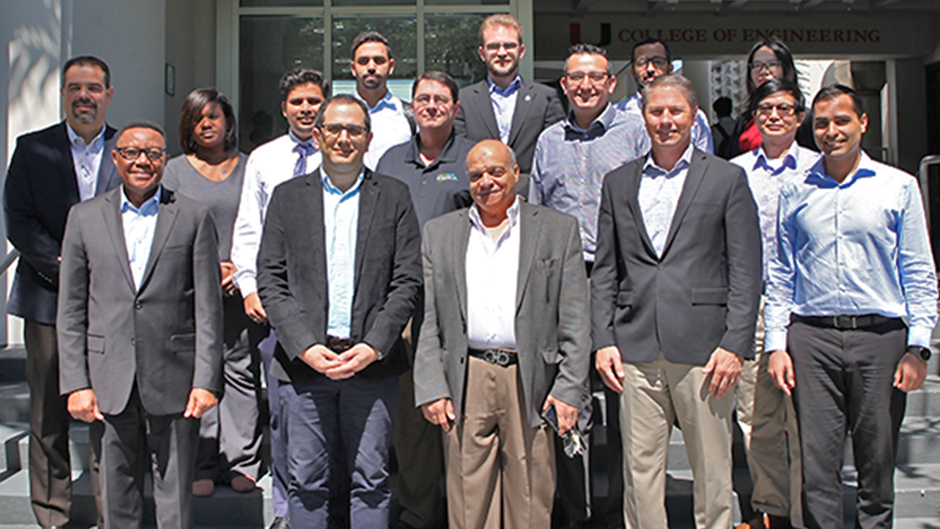Energy grids are complex technical systems. There are power plants that feed electricity onto the grid and there are consumer loads that take the power. In between, there is connective tissue that allows for long-distance transmission of power as well as for the local distribution of that electricity: high-voltage transmission lines, substations, transformers, and regular local power lines.
Florida Power and Light (FPL) is the nation’s third-largest utility company and provides power to around 4.9 million homes and businesses. Since the historic 2004 and 2005 hurricane seasons, FPL has invested nearly $3 billion into building a stronger, smarter and more storm resilient energy grid.
Many Floridians are largely unaware of this phenomenal transformation of the state’s energy grid. Known as the “smart grid,” advanced electrical meters allow for a two-way communication pattern that lets utilities to pinpoint or prevent outages by constantly monitoring intelligent devices and sensors along the route in real time.
Currently, Florida’s power distribution is under the monitoring of a significant amount of sensors and smart devices. The monitoring data collected from these sensors across modern networks are large-scale, heterogeneous, multisource, and rapidly evolving.
“The availability and complexity of large-scale sensor and network data make conventional machine learning and statistics approaches to monitoring this data operationally useless,” said Ramin Moghaddass, an assistant professor in the University of Miami College of Engineering (UMCoE) Department of Industrial Engineering. “Specifically, the approaches are highly ineffective at handling this type of data for real-time monitoring and are vulnerable to too many false alarms or too few detected anomalies.”
The massive amount and variety of sensor data generated across power distribution networks have introduced new opportunities to better monitor and control utilities in real time to achieve reliability and performance indicator improvements, as well as operational savings.
Moghaddass is the Principal Investigator of a collaborative project with FPL to develop and apply advanced network-based data mining and deep learning tools to analyze the massive amounts of smart grid data collected from thousands of sensors across Florida for real-time and near real-time smart decision making and control.
“Our goal is to develop new computationally efficient approaches for anomaly detection designed based on the characteristics of distribution networks, sensors, events and data sources in power distribution systems,” Moghaddass said.
Along with co-Principal Investigator Shihab S. Asfour – a professor in the Department of Industrial Engineering – and a team of UMCoE researchers, Moghaddass aims to help FPL become more proactive in real-time control and decision-making through valuable intelligence supported by large-scale sensor data and advanced analytics.
The big data project, which is in the first phase of their collaboration plan with FPL, will involve streaming millions of data points and time series over time. The funding will financially support both graduate and undergraduate students.

